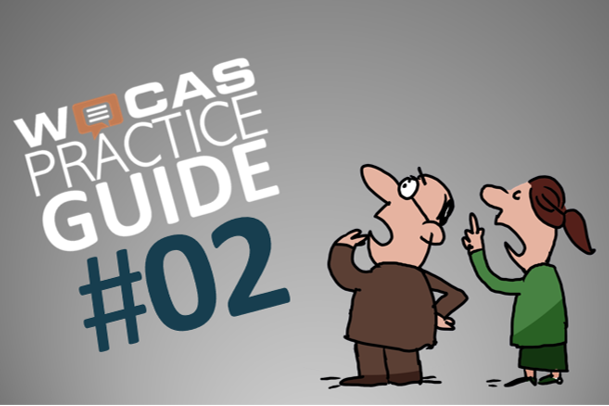
Customer contacts are usually caused by the company itself. Unbelievable! But true.
While many service centers are working flat out to deal with the flood of incoming contacts, elsewhere in the company there is a constant supply of new contacts. Not intentionally, but at least negligently, and thousands of customers have to contact the service center unnecessarily. However, most companies know far too little about the drivers and causes of customer contacts. There is a lack of data to implement improvements. With the right understanding and allocation of customer concerns, it is possible to involve business owners from the entire company in solving the causes.
What is the problem?
In many companies, customer service is seen as the owner of customer contacts. It is true that customer service is responsible for the optimal processing of all customer contacts in the area of conflict between operational costs and customer satisfaction. But where in the company does the responsibility for the causes of customer contacts lie??
Who is „to blame“ for customer contacts?
The volume of contact is not a matter of fate. Either a contact is triggered by the customer (usually due to a change in life circumstances or needs)
- I have moved (trigger) & have a new address (request).
- I got married (trigger) & have a new surname (request).
- I work from home (trigger) & need fast internet (request).
or the cause of the contact lies within the company (usually due to the quality of products and services, unclear expectation management in communication or rules and processes within the company itself)
- There is an Internet breakdown (cause) and I would like to know when it will be fixed (request).
- The contract confirmation differs from my order (cause). I would like a correction (request).
- I have received my bill (cause) but do not understand your calculation (request).
- I have received the invoice (cause) and realized that I have not yet provided my new bank details. I would like to do this now (request).
Our analyses in various industries show time and again that the vast majority of customer contacts can be traced back to causes within the company.
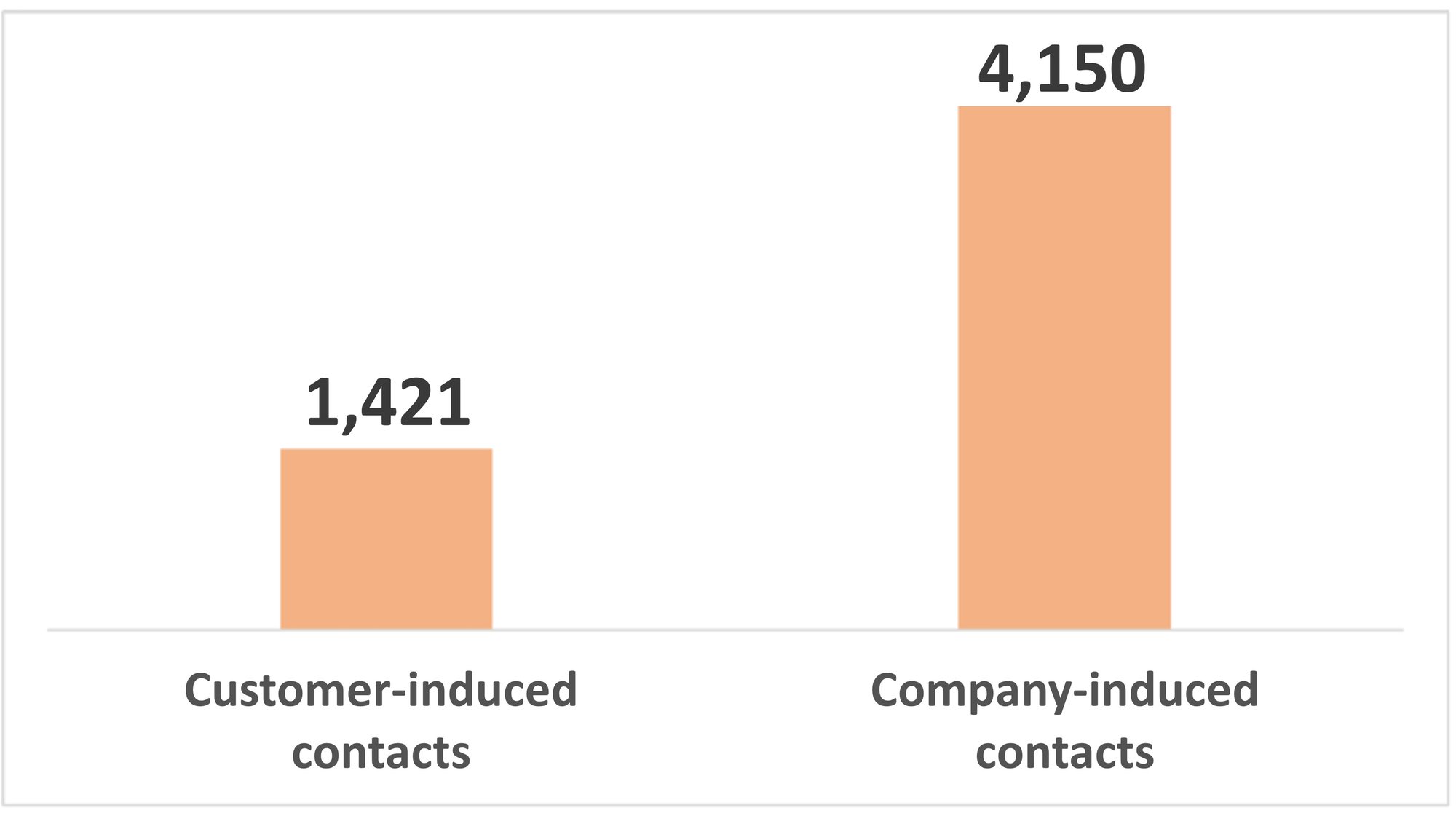
Example: An analysis of the customer contacts of an energy supplier showed a ratio of 1:3 between contacts initiated by customers and contacts caused by the company.
It's our own fault: eliminate the causes of company-related contacts together!
In our experience, contacts caused by the company (I don't understand ... Where is my ...? What is the status of ...?) are usually a pain and mean effort for customers. The causes often lie in the quality of communication in terms of comprehensibility, completeness, relevance and expectation management. These causes have often been known for a long time. However, there is a lack of detailed data for the right prioritization or a good business case.
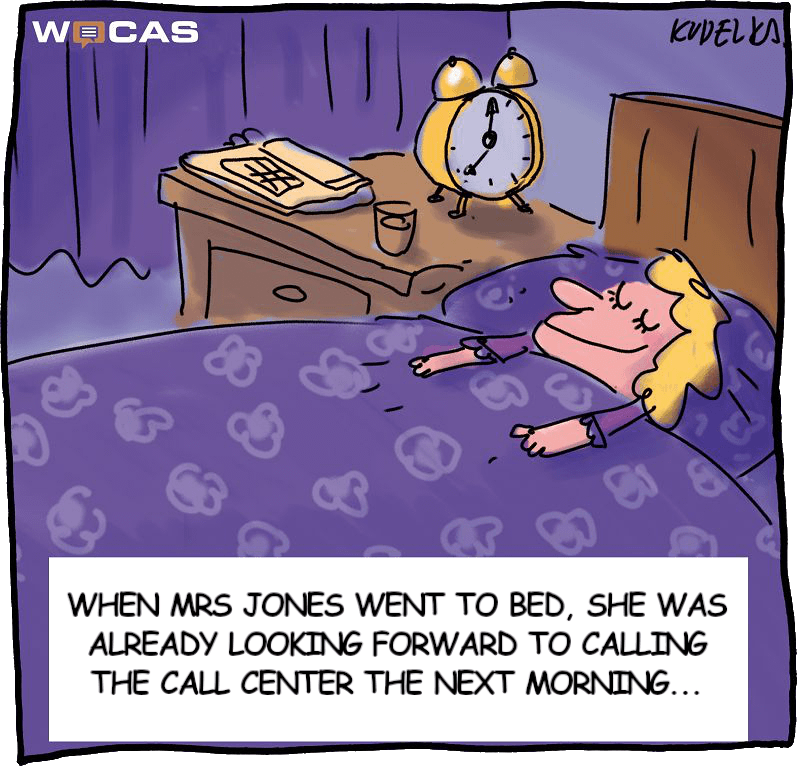
Contacts caused by the company point like a burning glass to the weak points in the customer experience. And year after year, extensive customer service budgets are allocated to their effects (customer contacts) instead of their elimination.
It must be possible to achieve clarity about the contact triggers, the resulting concerns and the resulting contact volume. It is essential for effective contact reduction to create transparency in this way.
A structured analysis of customer contacts based on customer concerns and causes of contact makes it possible to precisely quantify the costs of these causes in terms of processing time and possible further follow-up costs.
Example: The analysis of contact drivers at a life insurance company breaks down the causes of contacts and their distribution. It becomes clear that the TOP 5 standard letters trigger 95% of all company-induced customer contacts.
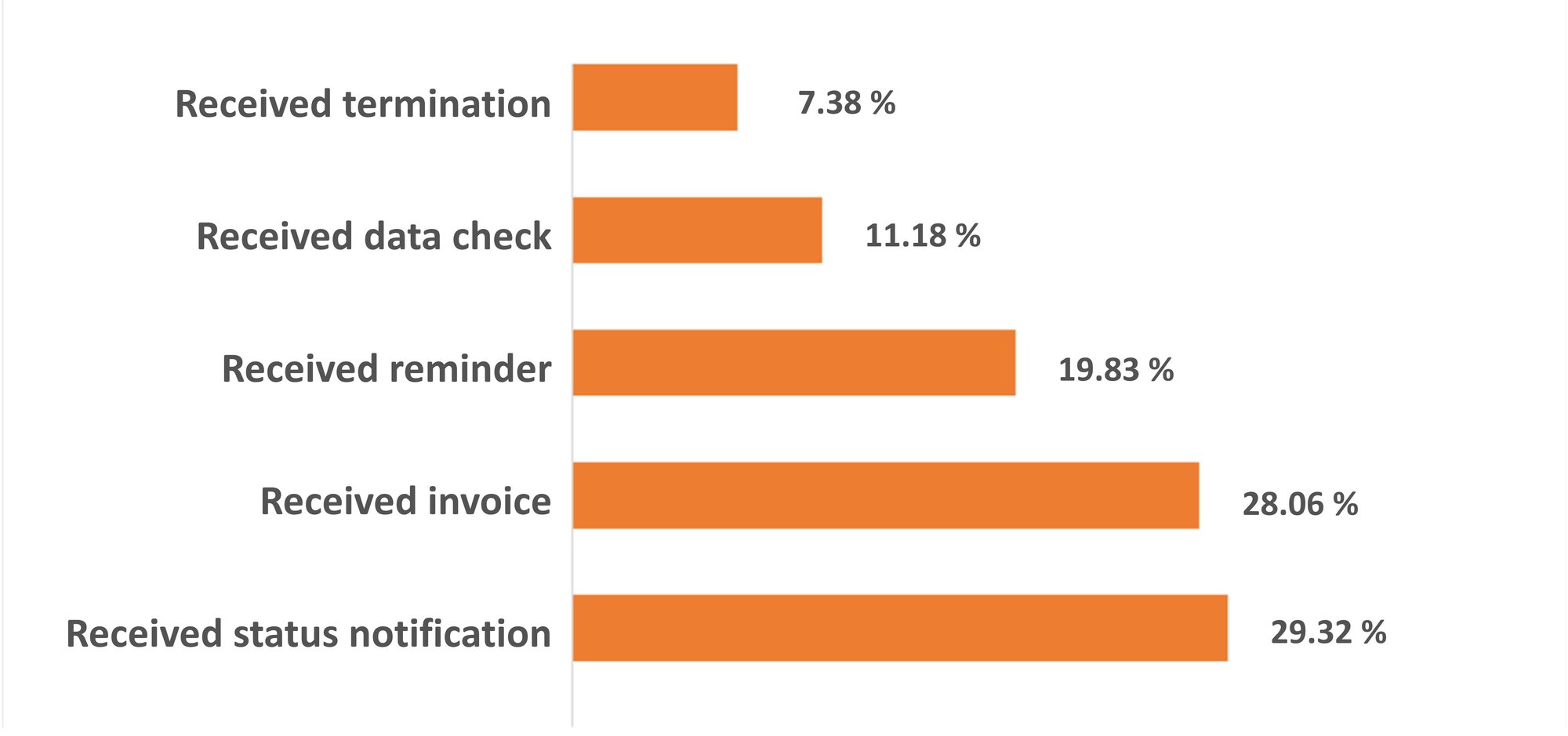
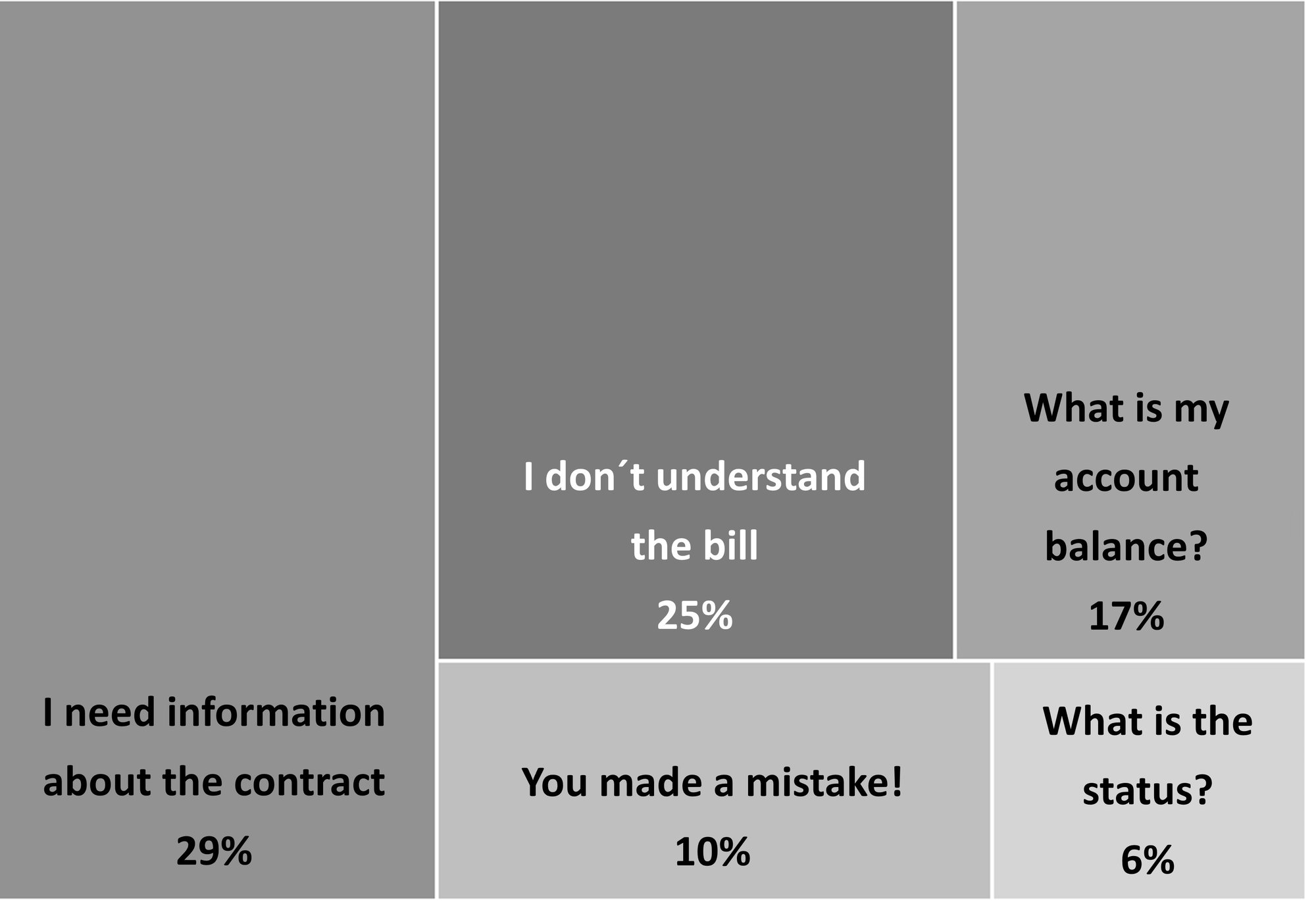
Further deep dive analysis show in detail which parts of communication are unclear to customers and which concerns and questions arise as a result.
How do you deal with customer-triggered contacts?
If the contact is triggered by the customer (e.g. changed circumstances or needs), it is of course not possible to resolve the issue. In this case, we recommend understanding the resulting concerns in detail and comparing them with the existing self-service offering. The more detailed breakdown of customer concerns shows in detail
- for which questions or services the current self-service does not offer relevant answers or functions.
- for which questions or services customers contact your customer service today, even though a relevant self-service exists (digital gap).
- how easy it is to find and access today's self-service offerings. Among other things, it helps to break down the customer request "I wanted to, but couldn't use your self-service".
This allows potential for improvement to be quickly identified, quantified and efficient solutions implemented. Optimizing existing solutions (through customer activation, content optimization, usability improvements) often contributes more quickly, cost-effectively and sustainably to the digitalization strategy for the service than the introduction of new technologies.
Example with a German telecommunications provider: Trigger: Death of the contractual partner, request: I would like to deregister the deceased contractual partner. Solution: Provision of a simple self-service solution with automated process handling and ensuring findability via Google search.
Not always clear? Act anyway!
The cause of contact cannot always be clearly attributed to the customer or the company, as the following customer statement from practice illustrates: "I received the invoice (cause) and realized that I have not yet communicated my new bank details (trigger). I would like to do this now (request)". What should be done here? If the contact analysis shows that a significant number of customers are reminded of their new bank details when they receive their annual bill, there is a need for action. Make it easy for these customers to go directly from the bill to self-service (e.g. via a personalized QR code). The contact analysis helps you to understand where exactly which customer concerns arise. Take action and offer your customers uncomplicated solutions right there.
How WOCAS® can support you in breaking down contact triggers and causes
Our industry-specific templates can be easily adapted to your business and your customers. This allows you to quickly get started with contact analysis and let your service employees classify contacts in WOCAS easily and effortlessly. Real-time reporting gives you a meaningful view of the structure of your customer intents and the triggers/causes of your customer contacts from day one.
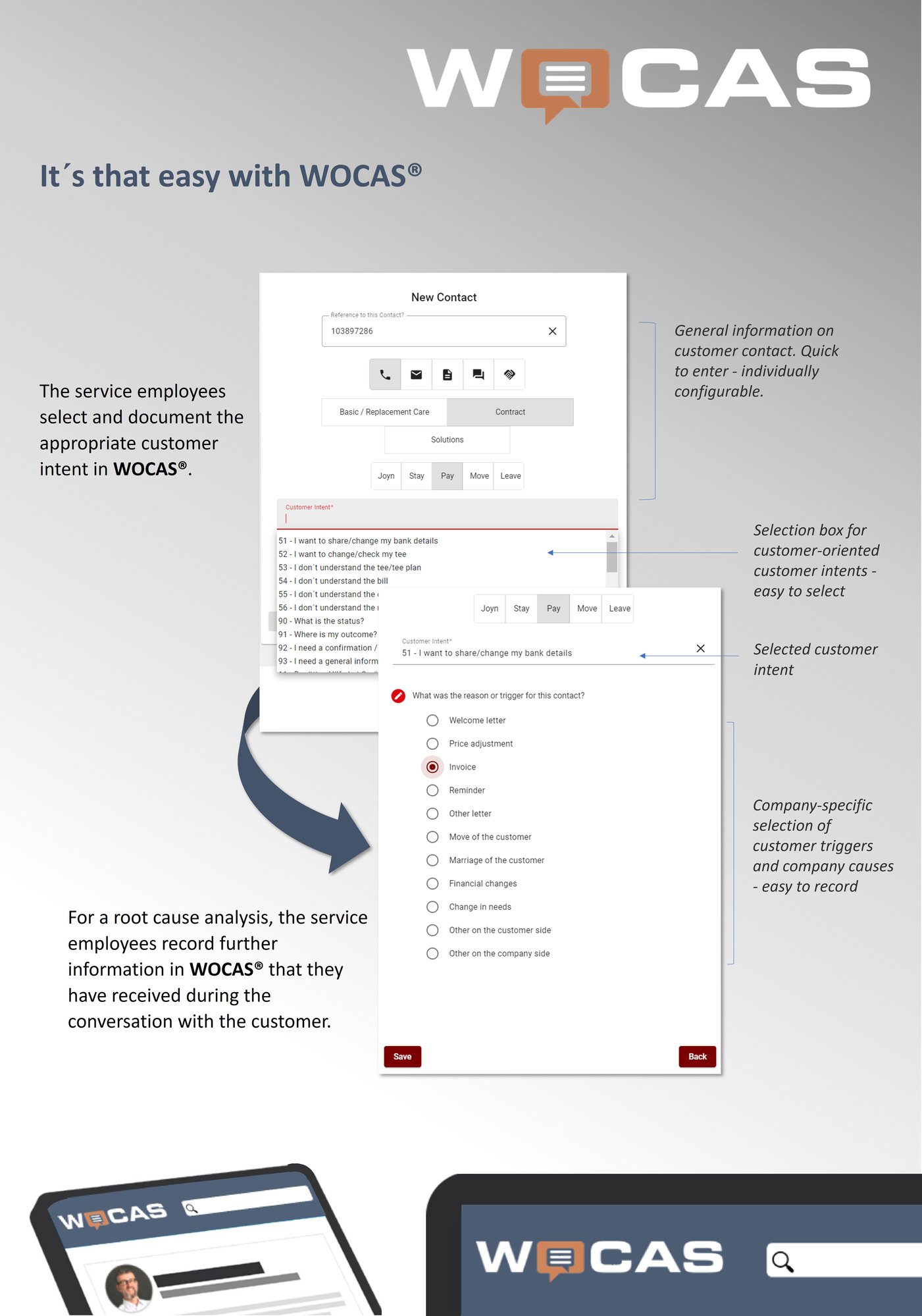
Feedback
We would be very glad to receive likes and comments or if you share our practice tip to make it accessible to other interested parties. You can do this by following our LinkedIn company page.
Want to talk to us? - Great!
We look forward to hearing about your challenges in a non-committal conversation and finding out together how WOCAS can help you.
